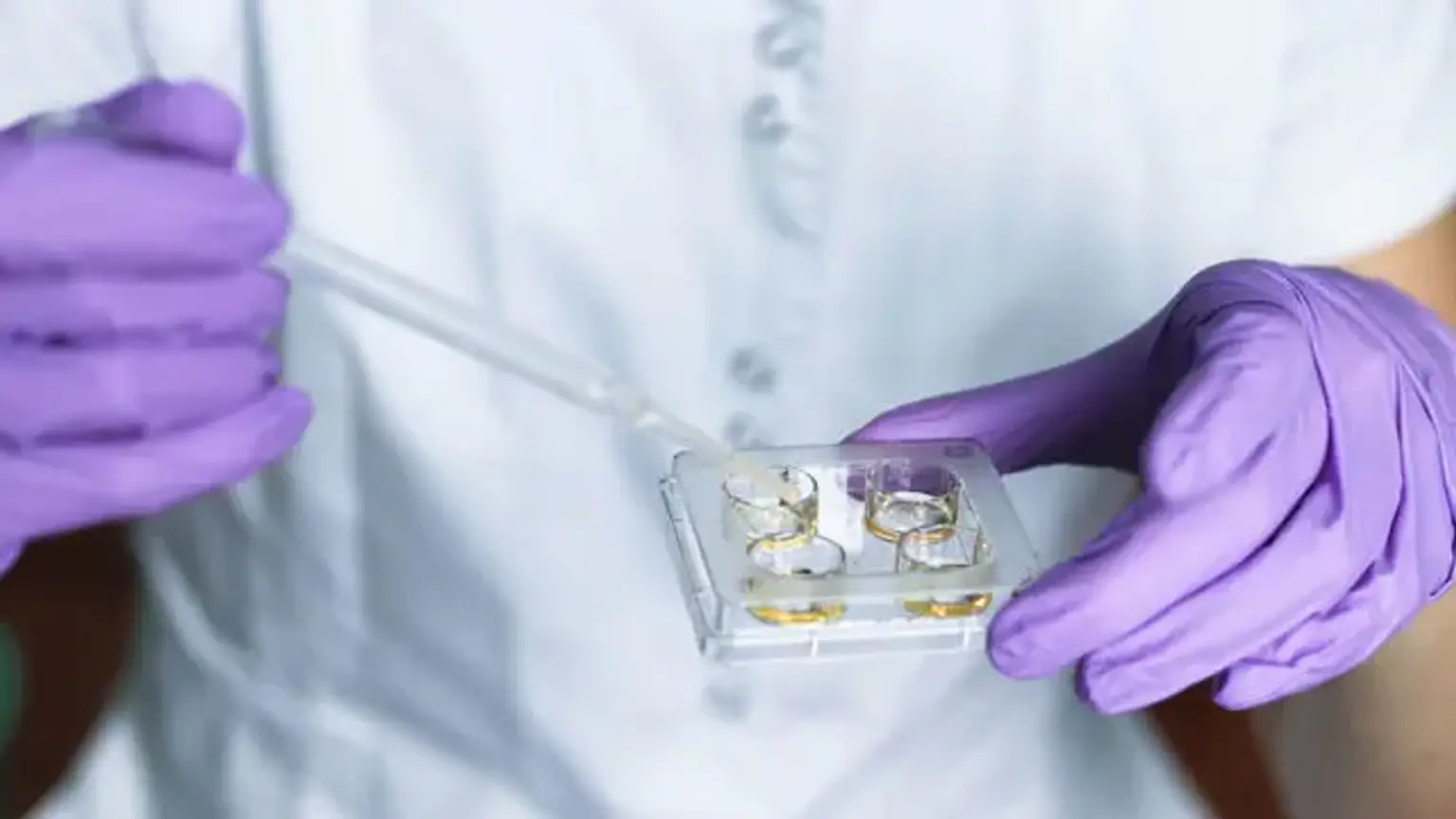Embryo Transfer
Assisted reproductive technology (ART), such as in-vitro fertilization (IVF), can help couples and individuals battling infertility bring a child into the world. Between 1986 and 2015, 1 million babies were born in the United States using assisted reproductive technology (ART), such as IVF.
Understanding and deciding which fertility treatment to pursue can be a daunting and emotional experience for intending parents who are just starting their IVF experience.
The last treatment before your blood pregnancy test for intended parents having IVF is an embryo transfer. But what does an embryo transfer entail for you, and what are your options once the big day arrives?
